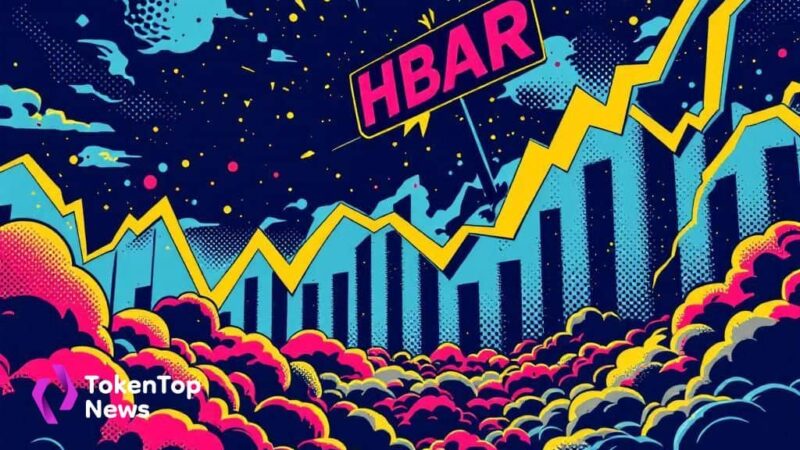Bitcoin Volatility Amid Middle East Conflict Escalation
- Bitcoin BTC -1.81% price drops amid Middle East tensions, affecting market stability.
- Over $60 billion lost in Bitcoin’s market cap.
- Investors focus on traditional safe-havens like USD and Treasuries.

Bitcoin’s price dropped sharply in mid-June 2025, reacting to escalating conflicts between Israel and Iran, with market volatility reflecting investors’ sentiments.
Geopolitical tensions disrupt Bitcoin, challenging its role as a crisis hedge and prompting a defensive shift by investors toward safer assets.
The escalating conflict in the Middle East, particularly between Israel and Iran, has impacted the cryptocurrency market. Bitcoin’s price fell below $105,000, with sharp drops wiping out a significant portion of its market cap.
“I think this is the ‘Summer of Accumulation’, a moment for long-term investors to build positions ahead of an epic EOY run.” – Matt Hougan, Chief Investment Officer, Bitwise Asset Management, source.
Key industry figures like Matt Hougan from Bitwise Asset Management have commented on these conditions, suggesting this period could be ideal for long-term investors. Meanwhile, others are concerned about Bitcoin’s response to geopolitical crises.
Investors have increasingly turned towards US dollars and Treasuries as safer alternatives, with Bitcoin failing to act as an immediate hedge against geopolitical risks. Altcoins have mirrored Bitcoin’s decline, causing liquidations and affecting overall market liquidity.
Financial shifts include a major loss in Bitcoin’s market cap and liquidations of leveraged positions in altcoins. This may open opportunities for strategic accumulation, as noted by multiple analysts. Meanwhile, global money supply growth supports liquidity despite near-term risks.
Historical data shows Bitcoin typically moves with risk markets during geopolitical crises. As tensions continue, experts predict eventual market accumulation driven by long-term investors and institutional participants, potentially leading to sustained growth by year-end.




